External links
| International | |
|---|---|
| National | |
| Artists | |
| Other | |
William C. Mellor | |
|---|---|
| Born | June 29, 1903 |
| Died | April 30, 1963 (aged 59) |
| Resting place | Forest Lawn Memorial Park |
| Occupation | Cinematographer |
William C. Mellor, A.S.C. (29 June 1903 – 30 April 1963) was a cinematographer who worked at Paramount, MGM and 20th Century Fox during a career that spanned three decades.
After earning his stripes on a string of B-movies in the 1930s, he first started making serious inroads as a leading cinematographer in 1940 when he worked for Preston Sturges on The Great McGinty .
Mellor did his best work with directors George Stevens (winning Oscars for two of his films, A Place in the Sun in 1951 and The Diary of Anne Frank in 1959) and William Wellman (Westward the Woman, 1951). He also contributed to several Anthony Mann westerns, including The Naked Spur in 1953, and a number of MGM musicals. He was nominated for an Academy Award for his work on Mark Robson's Peyton Place in 1957.
He died suddenly of a heart attack while filming Stevens' The Greatest Story Ever Told in 1963. Loyal Griggs replaced Mellor. He is interred at Forest Lawn Memorial Park in Glendale, California.
Mellor received a posthumous Oscar nomination for his work on the film.
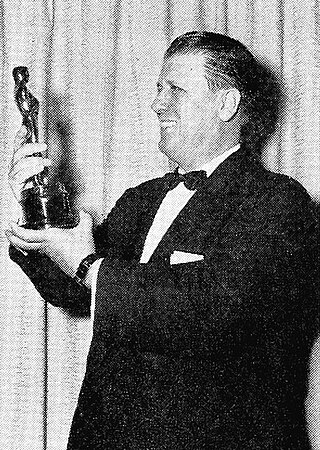
George Cooper Stevens was an American film director, producer, screenwriter and cinematographer. He received two Academy Awards and the Irving G. Thalberg Memorial Award in 1953.

Eleanor Jean Parker was an American actress. She was nominated for three Academy Awards for her roles in the films Caged (1950), Detective Story (1951), and Interrupted Melody (1955), the first of which won her the Volpi Cup for Best Actress. She was also known for her roles in the films Of Human Bondage (1946), Scaramouche (1952), The Naked Jungle (1954), The Man with the Golden Arm (1955), A Hole in the Head (1959), The Sound of Music (1965), and The Oscar (1966).
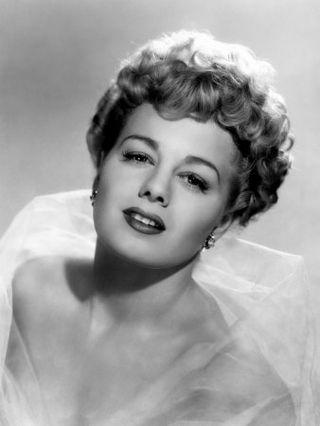
Shelley Winters was an American film actress whose career spanned seven decades. She won Academy Awards for The Diary of Anne Frank (1959) and A Patch of Blue (1965), and received nominations for A Place in the Sun (1951) and The Poseidon Adventure (1972). She also appeared in A Double Life (1947), The Night of the Hunter (1955), Lolita (1962), Alfie (1966), Next Stop, Greenwich Village (1976), and Pete's Dragon (1977). She also acted on television, including a tenure on the sitcom Roseanne, and wrote three autobiographies.

The Diary of Anne Frank is a 1959 American biographical drama film based on the Pulitzer Prize-winning 1955 play of the same name, which was in turn based on the posthumously published diary of Anne Frank, a German-born Jewish girl who lived in hiding in Amsterdam with her family during World War II. It was directed by George Stevens, a Hollywood filmmaker previously involved with capturing evidence of concentration camps during the war, with a screenplay by Frances Goodrich and Albert Hackett. It is the first film version of both the play and the original story, and features three members of the original Broadway cast.
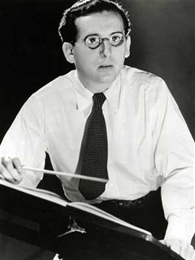
Franz Waxman was a German-born composer and conductor of Jewish descent, known primarily for his work in the film music genre. His film scores include Bride of Frankenstein, Rebecca, Sunset Boulevard, A Place in the Sun, Stalag 17, Rear Window, Peyton Place, The Nun's Story, and Taras Bulba. He received twelve Academy Award nominations, and won two Oscars in consecutive years. He also received a Golden Globe Award for the former film. Bernard Herrmann said that the score for Taras Bulba was "the score of a lifetime."

Jerome Irving Wald was an American screenwriter and a producer of films and radio programs.

Nicholas Peter Conte, known professionally as Richard Conte, was an American actor. He appeared in more than 100 films from 1939 through the 1970s, including I'll Cry Tomorrow, Ocean's 11, and The Godfather.
Joseph M. Newman was an American film director most famous for his 1955 film This Island Earth. His credits include episodes of The Twilight Zone and The Alfred Hitchcock Hour.
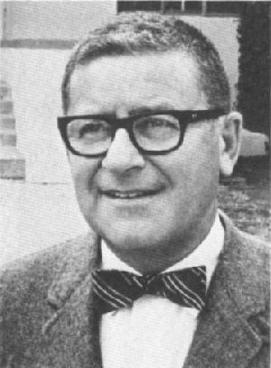
Mark Robson was a Canadian-American film director, producer, and editor. Robson began his 45-year career in Hollywood as a film editor. He later began working as a director and producer. He directed 34 films during his career, including Champion (1949), Bright Victory (1951), The Bridges at Toko-Ri (1954), Peyton Place (1957), The Inn of the Sixth Happiness (1958), Von Ryan's Express (1965), Valley of the Dolls (1967), and Earthquake (1974).

Robert L. Surtees was an American cinematographer who won three Academy Awards for the films King Solomon's Mines, The Bad and the Beautiful and the 1959 version of Ben-Hur. Surtees worked at various studios, including Universal, UFA, Warner Brothers, and MGM, lighting for notable directors Howard Hawks, Mike Nichols, and William Wyler, gaining him a reputation as one of the most versatile cinematographers of his time.

William H. Daniels ASC was a film cinematographer who was best-known as actress Greta Garbo's personal lensman. Daniels served as the cinematographer on all but three of Garbo's films during her tenure at Metro-Goldwyn-Mayer, including Torrent (1926), The Mysterious Lady (1928), The Kiss (1929), Anna Christie (1930), Grand Hotel (1932), Queen Christina (1933), Anna Karenina (1935), Camille (1936) and Ninotchka (1939). Early in his career, Daniels worked regularly with director Erich von Stroheim, providing cinematography for such films as The Devil's Pass Key (1920) and Greed (1924). Daniels went on to win an Academy Award for Best Cinematography for his work on The Naked City (1948).

Joseph LaShelle ASC was an American film cinematographer.

Joseph Ruttenberg, A.S.C. was a Ukrainian-born American photojournalist and cinematographer.
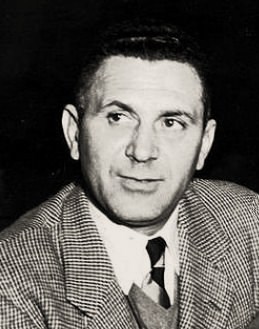
Milton R. Krasner, A.S.C. was an American cinematographer who won an Academy Award for Three Coins in the Fountain (1954).

Paul C. Vogel, A.S.C. was an American cinematographer. His credits included The Tell-Tale Heart (1941), Angels in the Outfield (1951), The Tender Trap (1955), High Society (1956), The Time Machine (1960), The Wonderful World of the Brothers Grimm (1962), Hold On!, and Return of the Seven.
George Davis was an American art director and was the supervising art director at MGM from 1959 to 1970. He won two Academy Awards for Best Art Direction for his work on The Robe in 1954 and for The Diary of Anne Frank in 1960.
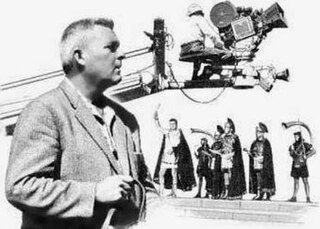
Russell Metty, A.S.C. was an American cinematographer who won the Academy Award for Best Cinematography, Color, for the 1960 film Spartacus.
Albert Arnold "Buddy" Gillespie was an American cinema special effects artist.

Charles G. Clarke ASC was an American cinematographer who worked in Hollywood for over 40 years and was treasurer and president of the American Society of Cinematographers.

Al Clark was a prolific American film editor whose career spanned four decades, most of which was spent at Columbia Pictures. He was nominated for 5 Academy Awards and 1 Emmy during his career. He is credited with editing over 120 films, and towards the end of his career, in the 1960s, he also edited several television series.